Health
30 Surprising Health Issues That May Catch You Off Guard After Turning 30
Published
1 year agoon
By
Terry Power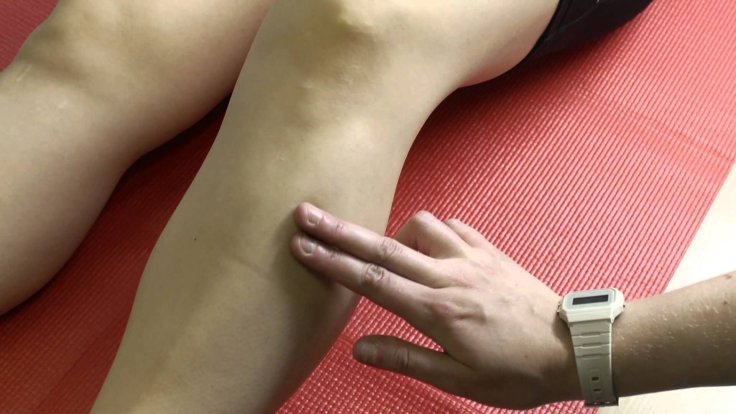
Turning 30 can be a major milestone for many people, both in terms of career and personal life. The 20s are all about being in the grind of completing education and job search, and trying to be a mature adult, to say the least. Hitting the big 3-0 means there is no way one can fall behind in the race of becoming the actual adult they have been dreaming of becoming. In the 30s, building the highest self-esteem is important. Likewise, taking care of overall well-being is also important.
The 30s are supposed to be full of fun but not without regular health screenings. There is a bunch of concerns that need to be addressed to remain proactive and navigate life with ease. Even as you don’t look much different than you did in your 20s, the body’s mechanisms slowly change, posing challenges like loss in bone density, hair fall, slower metabolic rate and reproductive issues, to name a few.
Here is a complete list of problems that may catch you off guard after you enter the 30’s club:
1. Tendinitis:
You may want to be a bit more mindful about your workouts as tendinitis typically strikes after 30. It is a condition where the connective tissues between muscles and bones (tendons) get inflamed, which leads to searing pain. As you age, tendons lose their elasticity and hence repetitive movement can amplify the chances of muscle injury.
PLOS One
2. Heart disease:
Heart attack is a leading global killer and its target age group has become younger by the day. According to a study published in Circulation, at least 28,732 people between 35 and 74 were hospitalized with myocardial infarction in the U.S. from 1995 to 2014. Among them, 30% were younger individuals.
3. Anxiety:
The 30s can see the onset of depression for many. Piling up responsibilities can eat into an individual’s personal space and hence, declining mental health. Exhibiting signs like impulsive behavior, insomnia or racing thoughts is proof you are going through a bad psychological phase. A study published in Healthline links vitamin B12 deficiency to depression.
4. Metabolic rate drops:
A sizeable drop in metabolic rate is seen during the 30s. The situation becomes evident when regular workouts no longer are effective in maintaining the ideal weight. Low metabolism is linked to the bone-density loss. At its onset, one can experience a sluggish feeling throughout the day and an unexplained weight gain.

Spencer Platt/Getty Images
5. Diabetes:
Hitting 30s opens the possibility of having type-2 diabetes. A study conducted in 2017 found the total global count of type 2 diabetes to be 462 million, which accounted for 6.28% of the world’s population. Among them, 4.4% were aged between 15 and 49 years.
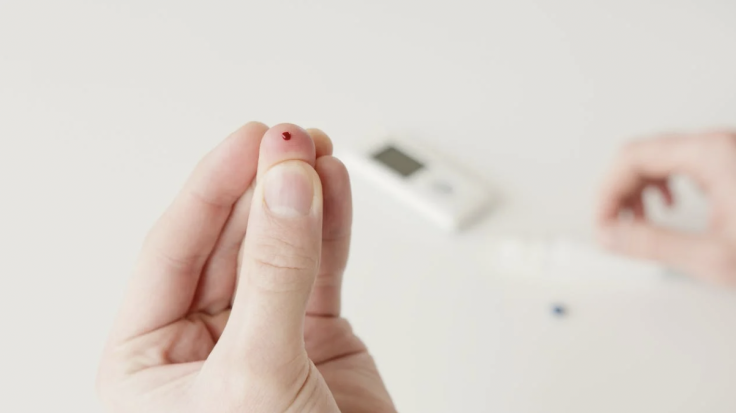
Pexels
6. Asthma:
It is believed that asthma prevalence is high among children. Then there is the adult onset of asthma that can occur in 30-40-year-olds. A Centers for Disease Control and Prevention report said that in the U.S., the asthma death rate per 1,000 people rose exponentially in people belonging to the 35 to 64 years age group from 2001 to 2010.

Reuters/Kim Kyung-Hoon
7. Back pain:
People in the senior group, which is beyond 40 years old, usually are worst affected by back pain but it can also occur in those who are a decade younger due to several reasons, including weight gain, pregnancy, and bone density loss, among others, Minneapolis-based Dr. Stefano Sinicropi said.

DR-HO’S
8. Urinary tract infections (UTI):
The condition can occur in women due to bacteria build-up inside their vaginas. This triggers an inflammatory response in the body, which develops into UTIs. As per the Cleveland Clinic, it’s better to resort to some supplemental remedies apart from keeping yourself hydrated. You should check with a doctor if the symptoms just don’t go.

Pixabay
9. Kidney stones:
Kidney stones in the 30s are linked to some earlier lifestyle habits such as fad diets, and the consumption of colas, coffee, and tea. The accumulation of minerals and salts in the kidneys may also affect the urinary tract, which can become a painful medical issue. Some treatments like lithotripsy, ureteroscopy and pain management have been helping people edge past the problem.

ADAM BERRY/GETTY IMAGES
10. Hair loss
A receding hairline is also a hallmark of the 30s, essentially caused by factors like heredity, hormonal changes and other medical conditions. There are also way severe conditions like alopecia or male pattern baldness, which are mostly tied to genetics and loss of vitamins.

Musely
11. STIs:
Sexually transmitted infections or STIs like HPV, gonorrhea, and chlamydia are yet another pressing concern during the 30s, which if left untreated can lead to cancer, infertility or even death.
12. FOMO:
“Fear of missing out” or FOMO is a mental health condition that gives the deep sense that others are living a better life as compared to yours and the feeling has only gotten worse because of social media. It is less evident in people over 30 as they may have already gained enough experience to navigate emotions but some people still experience the condition. A study, published in Science Direct, says it may occur more in men than women.

Photo courtesy of Shutterstock
13. Burnout:
Burnouts are intertwined with depression, which causes several issues such as racing thoughts, anxiety and deliberate social withdrawal. Burnouts stem from many factors such as job stress, responsibilities, toxic relationships, etc. As people over 30 constantly struggle with adulting, burnouts become an everyday reality.
14. Dry scalp:
If you notice your scalp getting drier by the day after 30 and recurring dandruff, you should be careful as it may be hinting at dire conditions like scalp psoriasis and others. Follow this link to read about the dos and don’ts to avoid this problem.

Pixabay
15. Loss of sight:
It’s important to check with an ophthalmologist regularly for your eye health. As per a report by the Centers for Disease Control and Prevention, an estimated 8.96 million Americans over the age of 40 are predicted to suffer from irreversible vision impairment.

Pixabay
16. Hypopigmentation:
Loss of melanocytes from the skin’s surface leads to hypopigmentation. At its onset, skin color starts to fade, creating whimsical white patches all over the body. This condition is linked to factors like aging, UV exposure, pollution and tobacco use, according to Pubmed.
17. Arthritis:
Turning 30 means the prospect of arthritis is lurking on the horizon. Denouncing the common misconception that arthritis is a problem found only in older adults, a report in Very Well Health notes that people of all ages, including children, can be affected by the bone disorder. The disease is 7.1% prevalent in the age group of 18-44.
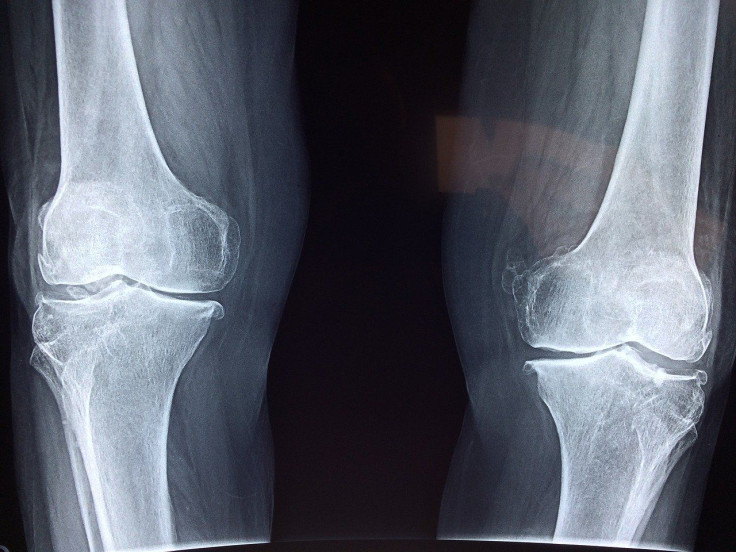
Pixabay
18. Flu:
There shouldn’t skip your flu shots as you get older. The complications stemming from the common flu affect young children, older people and adults alike, according to CDC.
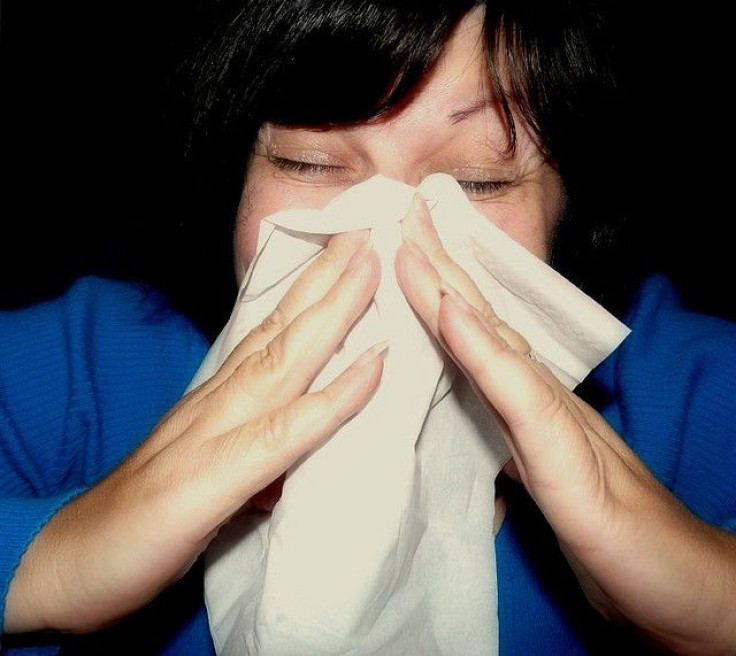
mcfarlandmo/Flickr
19. Cervical cancer:
Annual visits to a gynecologist are imperative for women as cervical cancer is likely to pose a big challenge after 30. Doctors suggest one should start cervical cancer screenings such as PAP tests or HPV DNA tests as early as 21 years.

Hey Paul Studios, CC BY 2.0
20. Incontinence:
There are a lot of doubts about the condition of incontinence. It can affect both urinary and bowel functions. Make some lifestyle changes to reverse this condition. Or better yet, see a doctor.

Icon
21. Irregular heartbeats:
Irregular heartbeats, medically known as atrial fibrillation, are common in people over 30. It puts a person at increased risk of mortality and also poses a lifetime risk in some cases.

Engin Akyurt/Pexels
22. High blood pressure:
Referring to a global study, CNN reported in 2021 that high blood pressure risks in people over 30 doubled in the last 30 years, irrespective of the presence of many healthier diets and cheap and easy treatments.

pixabay
23. Tooth loss:
The embarrassing event of losing a tooth can happen early on, in your 30s, if the brushing and flossing routines are not on point. Furthermore, you stand to have additional problems like tooth decay, cavity and dental abscesses.
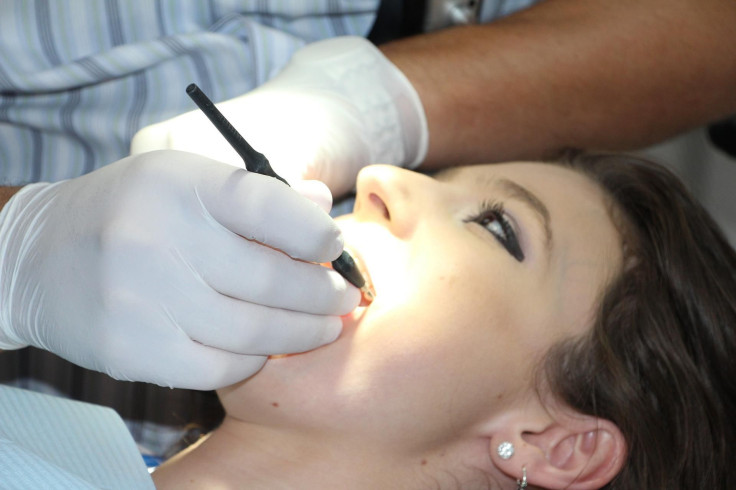
Pixabay
24. Premenstrual dysphoric disorder:
Premenstrual dysphoric disorder refers to women having frequent bouts of depression, irritability and tension before menstruation. Though the exact causes are still unclear, factors like hormonal changes, alcohol or substance abuse, obesity and heredity could be key accelerators.
25. Eating disorder:
The peak age of eating disorders may be the teens, but the 30s is not out of the risk zone. The onset of anorexia can affect people well into their adulthood, with the condition, if untreated, expected to worsen in and beyond the 40s, as per a report published in The Guardian.

Pixabay public domain
26. Withdrawal for romantic unisons:
The dynamics of love get very different in the 30s when people have pronounced feelings of couple claustrophobia. At this age, there is a lot of pressure on women to be in serious relationships. They feel torn between caving to societal pressure and chasing their dreams. This can lead to anxiety.

Free-Photos / Pixabay
27. Change in alcohol tolerance:
Alcohol tolerance limit varies from person to person but the intake capacity drops with age. This condition is specific to women who can no longer drink alcohol without having sleeplessness, headaches, hangovers and depression. A study found that sex hormones are linked to this disorder. It said when women are mensurating, their sex hormones — estrogen and progesterone, are at their peak, which is why they experience a rewarding feeling from drinking alcohol. But after menopause, the levels start to decline, alcohol no longer feels the same and negative effects start creeping up.
28. Iron deficiency:
Iron deficiency anemia or IDA is common in women over 30. In 2019, the global prevalence of the condition was 29.9% across women within the reproductive age group of 15-49, as per World Health Organization.
29. Hyperthyroidism:
Hyperthyroidism occurs when the body’s thyroid glands don’t produce enough thyroid hormone. The condition may not manifest strong symptoms in the early stages but they surface one by one as time passes. The thyroid hormone imbalance is tied to various reasons such as iodine deficiency. The condition can affect people in any age group but TSH levels are relatively higher in pregnant women between 18 and 45 years.

Goiter | Creative Commons
30. Endometriosis:
Endometriosis happens when the tissue lining the uterus grows outside the uterus, causing symptoms like acute pain, hormonal inconsistencies, etc. The condition affects more than 11% of American women between 15 and 44 years.
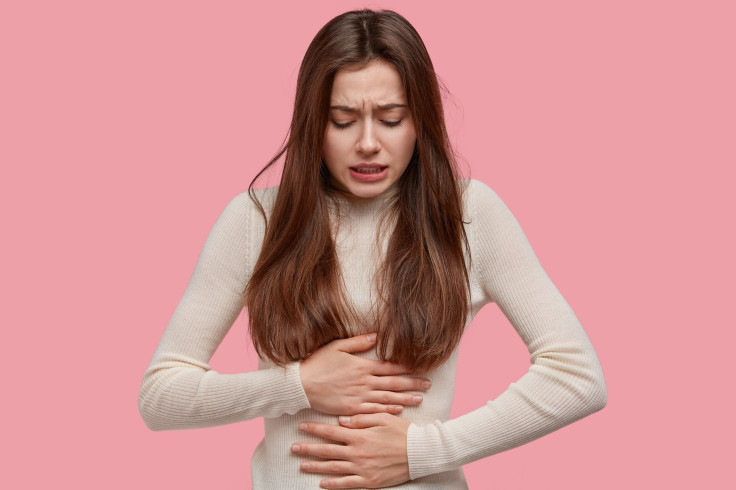
pixabay
You may like
-


China’s car companies are turning into tech companies
-


China is suddenly dealing with another public health crisis: mpox
-
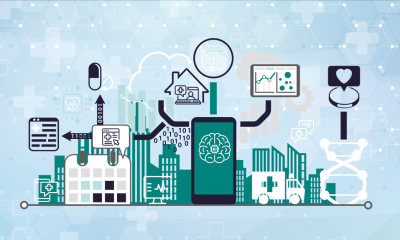

AI builds momentum for smarter health care
-
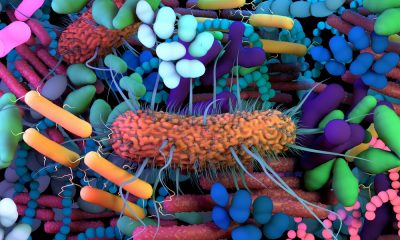

How gene-edited microbiomes could improve our health
-


Mental Health Patients On Antidepressants Less Likely To Test Positive For COVID-19: Study
-


How Does Magnesium Deficiency Affect Health? Watch Out For Signs
Health
Feeling Tired All The Time? Possible Causes And Solutions
Published
11 months agoon
22 June 2023By
Terry Power
Long days of work, lack of sleep, and stress at the office can be the most common factors that make you feel tired. However, feeling “tired all the time” (TATT) without known reasons can be an indication of an underlying health issue that needs immediate attention.
Finding the exact cause of the lingering tiredness can be the first step toward solving the symptom.
Health conditions that cause fatigue:
1. Anemia – Anemia is one of the most common causes of fatigue. A person who has anemia does not have enough red blood cells in the body, causing symptoms such as tiredness, dizziness, feeling cold and crankiness.
Most often, anemia is caused by iron deficiency. Hence, the condition can be best resolved by including iron-rich foods in the diet and use of iron supplements.
2. Sleep Apnea – It causes the body to stop breathing momentarily during sleep. The condition can affect the quality of sleep and hence make you feel fatigued.
For milder cases of sleep apnea, lifestyle changes such as losing weight or quitting smoking can help solve the sleep disorder. In more severe cases where there is an obstruction in breathing, surgeries and therapies can help.
3. Diabetes – A person who has diabetes has changes in blood sugar level, which can cause fatigue. A patient who is already on diabetic medication can also experience tiredness as a side effect of the medication.
Early identification and taking the correct treatment is the key to managing diabetes. Losing extra weight and having a healthy diet also help in the treatment.
4. Thyroid – Thyroid diseases can be due to an overactive or an underactive thyroid gland. In people who have an underactive thyroid (hypothyroidism), the metabolism slows down leading to symptoms such as lethargy and fatigue. In people with an overactive thyroid (hyperthyroidism), the metabolism speeds up leading to fatigue and difficulty sleeping.
Right diet and lifestyle choices, along with medications, can help in thyroid management.
5. Infections – A person can show symptoms of fatigue when the body is fighting a viral or bacterial infection. Infections ranging from the flu to HIV can cause tiredness.
Along with fatigue, other symptoms such as fever, headache, body aches, shortness of breath and appetite loss can also accompany the infection. Treating the symptoms and taking adequate rest helps in faster recovery.
6. Food allergies – Fatigue may be an early warning sign of hidden food allergies and autoimmune disorders such as celiac disease. Identifying the allergen using a food allergy test or through an elimination diet can help in allergy treatment.
7. Heart disease – If you feel exhausted from an activity that used to be easy, then it is good to check your heart health, as fatigue can be an indication of underlying heart disease.
8. Depression/ anxiety – Fatigue can also be an indicator of a mental health disorder such as depression or anxiety. A combination of medication and psychotherapy can help relieve symptoms.
Lifestyle causes
Apart from serious health conditions, certain lifestyle habits such as dehydration, poor diet, stress and insufficient sleep can cause exhaustion. Having a well-balanced diet, regular exercise and routine sleep can help solve fatigue caused by lifestyle habits.
Published by Medicaldaily.com
Health
How To Overcome Your Sleep Debt And Reclaim Energy
Published
11 months agoon
22 June 2023By
Terry Power
Picture this: you’re burning the midnight oil, studying or binge-watching your favorite shows, all at the expense of a good night’s sleep. Have you ever stopped to think about the toll it takes on your body and mind? The consequences can be more serious than you might realize.
Not getting enough sleep can translate into a multitude of issues, including weight gain, lack of focus, tiredness, a haze of confusion, and even depression. If you too are encountering similar issues lately then chances are you have a sleep debt.
Wondering what is sleep debt?
People from 13-18 years of age need 8 hours of sleep, whilst adults beyond that age will require at least 7 hours of snooze.
Sleep debt is a collection of the total hours you haven’t slept or traded your sleep for something else. Sleep debt keeps piling up as a person falls short of the total hours of sleep recommended for an adult, according to the Centers for Disease Control and Prevention.
And when you keep letting go of your sleep for other activities, the body adapts to the new normal and effects start to reflect on the energy levels, which deplete.
“However, like every other debt out there, this too has a repayment option,” Dr. Kunal Kumar, medical director of the Sleep Center at Einstein Medical Center in Philadelphia, told Livestrong.
Below are some expert-vetted ways you can pay back the sleep debt. (Courtesy: Livestrong and Sleepfoundation)
Just like financial debt, imagine sleep debt as a debt you owe to your body. It needs to be repaid. The good news is that catching up on sleep is indeed possible.
- Maintain a set sleep schedule: Overhauling the sleep schedule is a pretty difficult task to achieve, and it’s best to do that gradually. Create a set sleep schedule by making some small changes to your routine. Instead of making abrupt shifts in your bedtime or wake-up time, adjust them gradually by 15 to 30-minute increments.
- Minimize your gadget usage: Wind down activities and minimize electronic usage before bed to promote better sleep. Relax and prepare for quality sleep by dimming the lights and setting an alarm for 30 minutes to an hour before bed.
- Reshuffle your sleeping arrangements: Are you finding it hard to get a good night’s sleep due to excessive sweating? Well, here’s a handy solution: consider upgrading to a cooling mattress or opting for cooling sheets. These innovative sleep essentials can help regulate your body temperature, and keep you comfortably cool throughout the night, ensuring a more blissful slumber. Memory foam pillows can work wonders in relieving neck and back discomfort in case you are struggling with backache.
- Improve the bedroom environment: Create a sleep-friendly bedroom environment by adjusting the temperature for comfort, and blocking out disruptive lights, or noises that might disturb your restful slumber. And if your mattress, pillow, or sheets are worn out or no longer providing the support you need, consider treating yourself to new ones.
Published by Medicaldaily.com
Health
Omega-3 Fatty Acids Slow The Progression Of Amyotrophic Lateral Sclerosis: Study
Published
11 months agoon
22 June 2023By
Terry Power
Omega-3 fatty acids are known for a range of health benefits, from promoting brain and heart health to reducing inflammation and protection against several chronic conditions.
In a new study, researchers found that omega-3 acids, especially the type found in foods like flaxseeds, walnuts, chia seeds, canola oil and soybean oil, can slow down the progression of amyotrophic lateral sclerosis (ALS).
It is a debilitating nervous system disease that gradually worsens over time and can be fatal. The condition results in a loss of muscle control and affects the nerve cells in the brain and spinal cord. It is also known as Lou Gehrig’s disease after the baseball player who was diagnosed with it.
The initial symptoms of the disease include muscle weakness, difficulty in walking and hand movements. The symptoms can slowly progress to difficulties with chewing, swallowing, speaking and breathing.
The exact cause of ALS is not known. However, around 10% of people get it from a risk gene passed down from a family member. It is estimated that more than 32,000 people in the U.S. live with the condition.
In the latest study, researchers from Harvard T.H. Chan School of Public Health in Massachusetts evaluated 449 people living with ALS in a clinical trial. The team assessed the severity of their symptoms, the progression of their disease, along with the levels of omega-3 fatty acids in their blood, for 18 months.
The study suggested that alpha-linolenic acid (ALA), a type of omega-3 found in plants, is particularly beneficial in slowing the progression of ALS. The participants with the highest levels of ALA had a 50% reduced risk of death during the study period compared to those with the lowest levels of ALA.
Researchers also found a reduction in death risk in participants who had eicosapentaenoic acid, the type of omega-3 fatty acid found in fatty fish and fish oil, and linoleic acid found in vegetable oils, nuts and seeds.
A previous study conducted by the same team suggested that a diet high in ALA and higher blood levels of the nutrient could reduce the risk of developing the condition.
“In this study, we found that among people living with ALS, higher blood levels of ALA were also associated with a slower disease progression and a lower risk of death within the study period. These findings, along with our previous research suggest that this fatty acid may have neuroprotective effects that could benefit people with ALS,” said Kjetil Bjornevik, the lead author of the study.
Published by Medicaldaily.com
